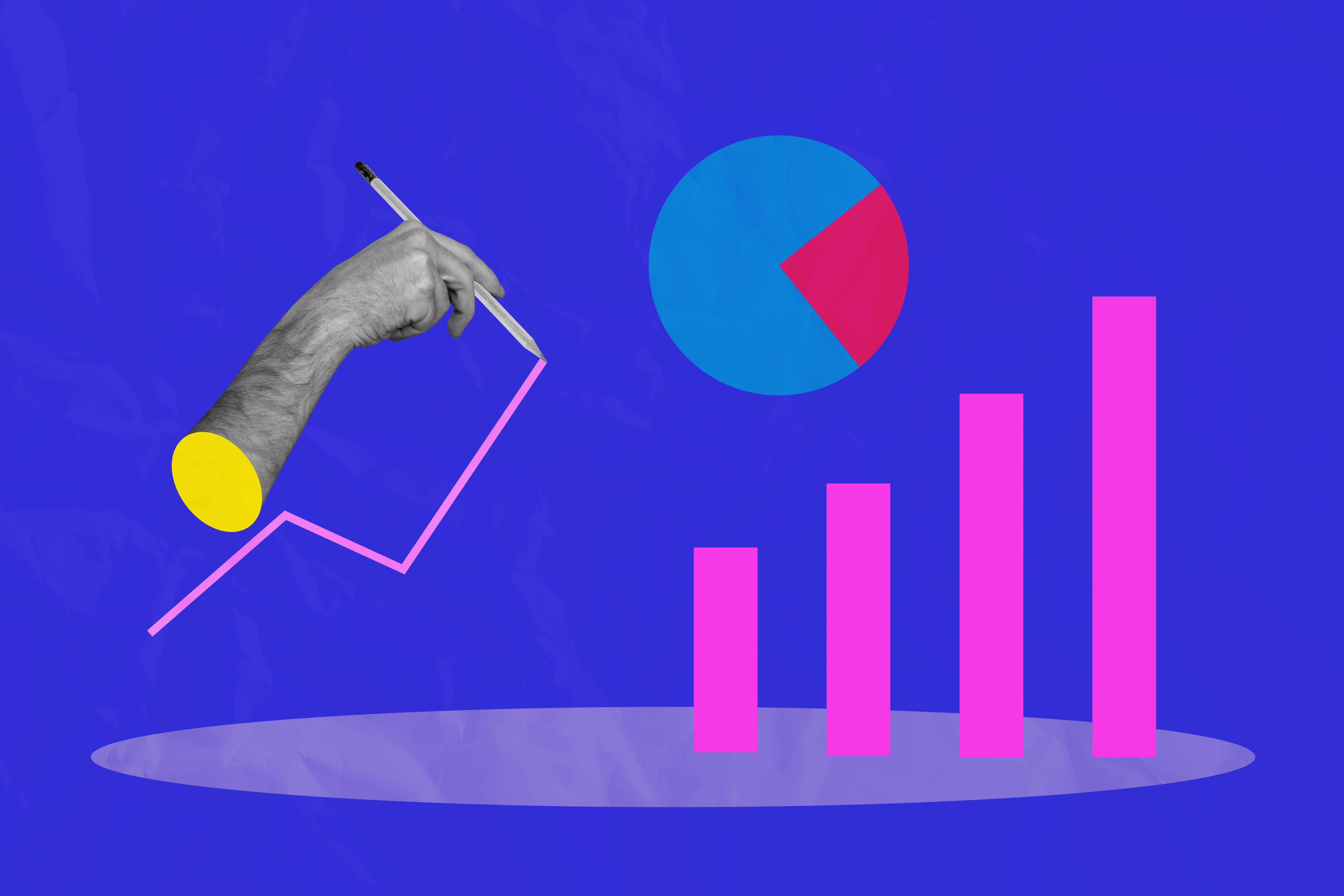Navigating Seasonal Art Market Trends: Key Buys and Sells
LS
Understanding Seasonal Trends in the Art Market
For art collectors and investors alike, understanding seasonal trends in the art market is crucial for maximizing both enjoyment and profit. Like any dynamic market, art sales fluctuate throughout the year, influenced by various factors including auctions, exhibitions, and global events.
Recognizing these patterns can help you determine the best times to buy or sell, ensuring that you're making informed decisions. This knowledge is especially valuable given how unpredictable the art world can be—what is in vogue today might not be tomorrow.

Key Seasons for Buying Art
Art market activity tends to surge during particular times of the year. Spring and autumn are traditionally strong seasons, largely due to high-profile auctions and major art fairs taking place around the world. These events often set the tone for trends and prices.
During these periods, potential buyers are presented with a wealth of options. New works are often introduced, and rare pieces may become available. For those looking to expand their collections, this is an opportune time to explore the market.
Strategic Selling Periods
Conversely, the best time to sell art is often during these same bustling seasons. With a high number of potential buyers active in the market, sellers can expect more competitive bidding, which can drive up prices. The excitement surrounding major auctions can also boost interest in private sales.

However, sellers should also consider off-peak times. While there may be fewer buyers during the summer and winter months, less competition can mean that your art stands out more, appealing to dedicated collectors who are always on the lookout for unique pieces.
Factors Influencing Seasonal Trends
Several factors can impact seasonal trends in the art market. Economic conditions play a significant role; during periods of economic downturn, art sales may decline as both buyers and sellers become more cautious. Conversely, when the economy is strong, there tends to be increased activity and higher prices.
Other influences include cultural events, such as major museum exhibitions or retrospectives, which can spark renewed interest in particular artists or movements. Furthermore, technological advancements in online sales platforms have begun to alter traditional buying and selling patterns, making it easier for collectors to participate from anywhere in the world.

Conclusion: Navigating the Art Market
Ultimately, navigating seasonal art market trends requires a keen eye and thorough understanding of both the art itself and the economic landscape. Whether you're buying or selling, being aware of these trends can help you make strategic decisions that align with your goals.
For those passionate about art, buying and selling isn't just about financial gain—it's about fostering a deeper connection with the pieces you choose to engage with. By staying informed and proactive, you can ensure that your collection reflects both your personal taste and an astute investment strategy.